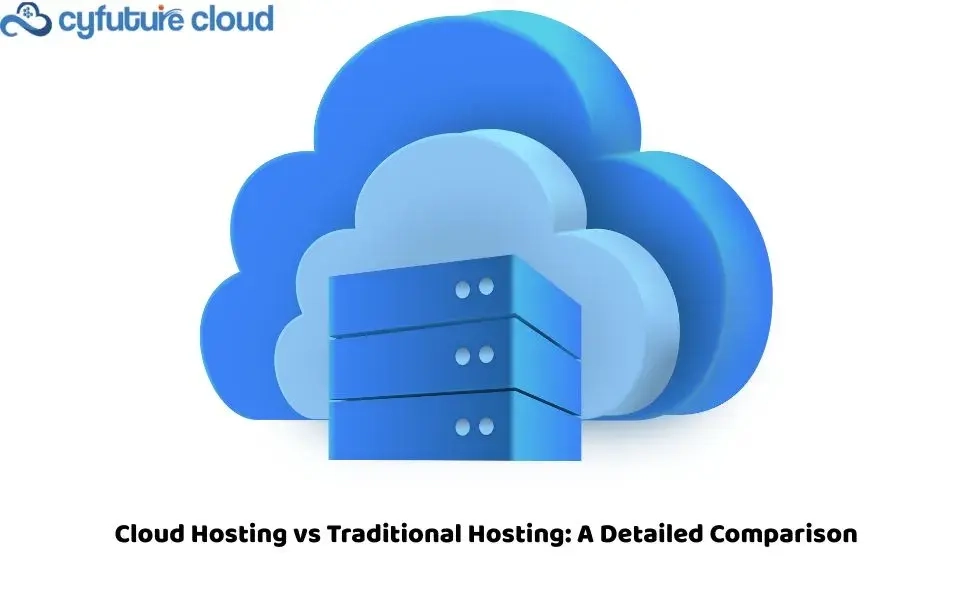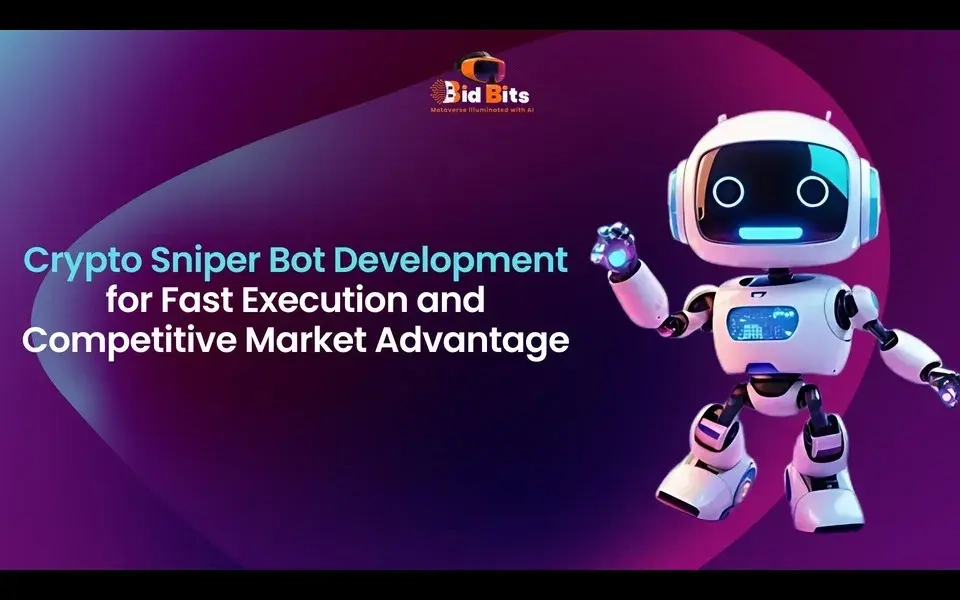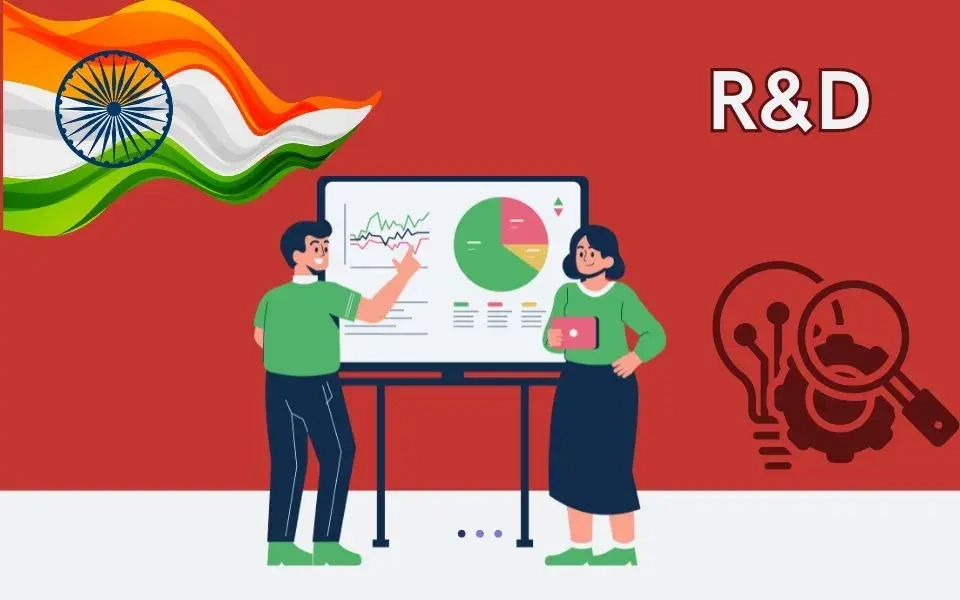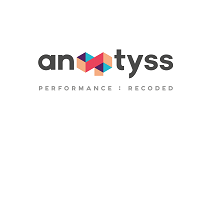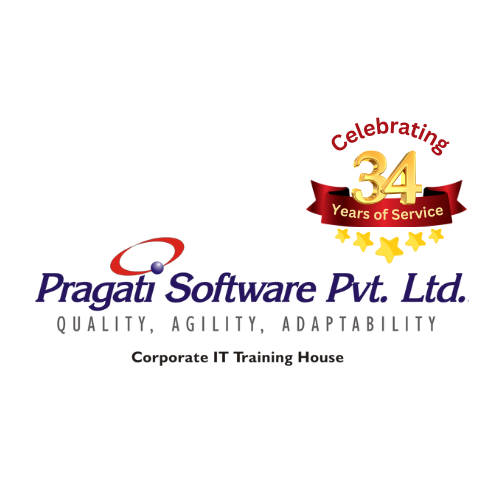Q1. What is FinOps and why do we need to know it?
Professionals across the financial industry recognize that the adoption of Cloud continues to gain significant momentum. Consumers appreciate the business values of Cloud. Cloud natively provides benefits in on-demand services, scalable infrastructure, and user-friendly self-service solutions.
While these are great for IT to be agile and nimble, these benefits bring unique complexities. A lot has changed from the “Brick & Mortar” world we lived in.
- The pricing model was more straightforward, but with Cloud, the model is more complex because it’s based on VM, traffic, data, etc.
- Budgeting was more manageable, but with Cloud, budgeting deals with real-time expenses and is shifting from annual budgets to hourly costs.
- Outdated procurement processes/policies are not equipped to deal with a real-time-transactions environment.
- Bottom line, the CFO office used to manage costs; now CFO/CIO/Engineers/ and all Cloud related departments manage expenses.
The features that Cloud offers, if not managed correctly, can lead to huge problems.
- It’s easy to spin up resources in the Cloud.
Within the Cloud, every decision regarding scalability and approach to resource allocation drives costs up or down. It has been said, “Cost is an additional dimension we have to consider when designing solutions. In the public Cloud, every decision regarding scalability and approach to resource allocation drives costs up or down.” Now, with the ease of spinning up resources and self-service activities, the costs on the Cloud can surge rapidly.
- Cloud enables leaders with cost variability.
While cost variability allows IT to follow the business demands and troughs, the same variability poses a threat to IT leaders. As usage-based pricing models continue to increase, we see a major shift in budget planning and resource allocation. Leaders can no longer predict or approve every expense before they’re incurred, and as a result, variations in usage costs start to impact business results.
- Increasing Cloud adoption leads to increased spending.
As we’ve learned, Cloud costs are notoriously difficult to predict, and cost variability might impact the business in detrimental ways. These new challenges are amplified as our dependency and spending on Cloud solutions and services increases. Over 90% of organizations will use public Cloud services this year, depending on whom you ask. If we do not understand spending allocation and probable costs, we risk serious financial consequences.
- Cloud adoption is booming, and so are associated wastages.
What are the wastages associated with Cloud adoption? Isn’t Cloud designed to help IT leaders mitigate waste through selective consumption? Cloud implementations are characterized by idle resources and over-provisioned resources. Industry surveys report that, on average, 76% of provisioned resources sit idle but are still paid for.
FinOps
Amid changing times and new dimensions, how we manage costs will impact Finance teams and entire organizations. There is a compelling need to combine tools and technologies, processes, and culture to convey an organization-wide understanding of Cloud costs. Leaders must provide real-time, predictable information that enables organizations to use their Cloud budgets strategically while making the best choices for the business for nimbleness, agility, cost, and quality.
This is what FinOps is all about.
At its core, FinOps is a cultural practice. It’s a way for teams to manage their Cloud costs, where everyone takes ownership of their Cloud usage through a central best-practices group. Cross-functional IT, Finance, and Product teams work together to enable faster product delivery while at the same time gaining more financial control and predictability.
The focus in every definition of FinOps is about balancing the dimensions of cost, speed, and quality. The practice of FinOps aims to increase the ability of an organization to understand the Cloud costs and make informed decisions at the right time. The vision for FinOps is to increase the business value of Cloud.
Q2. How do you break the entire process of FinOps?
FinOps is gaining popularity, and the FinOps Foundation has established standards and methodologies to implement FinOps. FinOps can be seen as comprising the following processes: Visualization, Allocation, Optimization, and Governance.
-
- Visualization. In this stage leaders develop the ability to visualize what’s happening in real-time, because one must visualize costs to reduce costs. This step involves gaining and providing relevant information to the organization. Visualization must include an integrated view across multi-Cloud and accounts. A holistic view of this information allows leaders to monitor trends and track used resources and costs. The Visualization stage helps leaders appreciate Cloud usage, costs, and performance.
- Allocation. During this stage, leaders integrate budgets by business units and projects. After successful integration, teams can graduate to integrated purchases, allowing teams to grasp common cost allocations.
- Optimization. This step involves the process of optimizing costs and includes deleting unused resources, right-sizing, Usage Optimization, Cloud rate Optimization, etc. Optimization demands constant iteration and is an ongoing step in FinOps.
- Governance. At this stage, we establish Cloud policies and standards. Then, we set up cost, budget, resource, and security policies. Governance allows teams to be more proactive by utilizing automation.
Q3. What are the benefits of efficient FinOps?
FinOps provides visibility, predictability, transparency and enables business value from Cloud. From our experience internally and with product vendors and service providers, the most significant benefit of FinOps is the ability to better understand Cloud usage and costs.
Cloud usage and costs comprise shared costs, cost allocation constructs, IT asset management, data normalization, and data visualization. This also includes performance tracking & benchmarking, which includes trend & variance analysis, forecasting, budget thresholds & alerts, unit economics, efficiency metrics & performance KPI’s.
Other benefits include:
- Real-time decision making through budget alerts
- Timely analysis curated for stakeholders and persona identification
- Next Cloud rate optimization (which is determining commitment-based discounts)
- Volume & usage-based discounts
- Pricing model analysis
- License management
- Cloud usage optimization
- Workload management & automation
- Cost avoidance
- Architecture modernization
- Observability
- Identification of underutilized resources
- Organizational alignment (Aligning cloud allocation to business charge-back model, policy & governance, continual learning, organizational change management, and modernize processes to align with Cloud cost management)

Deepak Satya, Sr VP, Managed Infrastructure & Workplace Services, Enterprise Compute & Technical Architecture, NTT DATA Servicesfin
Q4. Please share the challenges one faces in a FinOps Process
Are we ready for FinOps? Here are some of the trends and challenges:
- Amid The Great Resignation, do we have the right set of people? And if we do, how easy or difficult will it be to bring teams together in the new mode of operations?
- There are numerous tools available in the market. Which ones to choose? Should we go with the native solutions available within the platforms, or are we better off with specialized third-party tools?
- How do we integrate FinOps into established frameworks like “Well-Architected”? How do we bring specific regional and business nuances into the model?
- What can we automate further into each function – be it visualization, allocation, optimization, and governance?
- We see many implementations of the Cloud – Multi / Poly / Distributed etc. So how do we sort through all these possible combinations?
Q5. Best practices during implementation of FinOps
The principles of FinOps stated by FinOps.org act as the best practices to follow during the implementation and continual execution of FinOps.
Teams need to collaborate.
It’s all about creating an organizational mindset for FinOps. First, we need to have exec sponsorships and buy-in. As seen from the earlier challenges, no one team can tackle the adoption of FinOps. It requires real-time collaboration and continual improvement to deliver efficiency and innovation. So, we need a collaborative mindset rather than “we will do it all” philosophy.
Business Value of Cloud takes precedence over any other decision parameter.
This is a fundamental guideline that organizations must establish. FinOps is not about making Cloud services cheap. It’s about driving business value.
Decentralized decision-making and collective responsibilities.
Accountability and decentralized decision-making are crucial for application teams to innovate fast.
FinOps is governed and operationalized by a central team.
Some activities must be centralized to reduce duplication, such as cost reporting and anomaly detection. Other activities make the most sense when applied “in the aggregate,” such as identifying bulk discounts or negotiating rates











